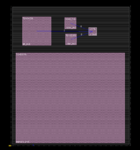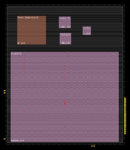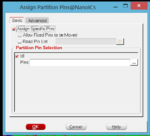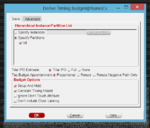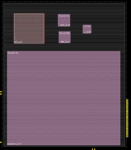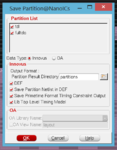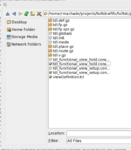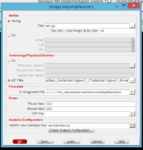rmachado
Member level 2
Hello,
I would like to know if there is a way to create a user defined cell composed by other cells (from a foundry library) using innovus.
The idea is basically the following: I have a block (composed for example by an AND cell and a Flip-Flop, from the libraries given by the foundry, where the output of the AND is connected to the input D of the Flip-Flop) that i want to use many times on other design. How can I add this block to my library files so I can instantiate it the verilog
thanks in advance
I would like to know if there is a way to create a user defined cell composed by other cells (from a foundry library) using innovus.
The idea is basically the following: I have a block (composed for example by an AND cell and a Flip-Flop, from the libraries given by the foundry, where the output of the AND is connected to the input D of the Flip-Flop) that i want to use many times on other design. How can I add this block to my library files so I can instantiate it the verilog
thanks in advance

